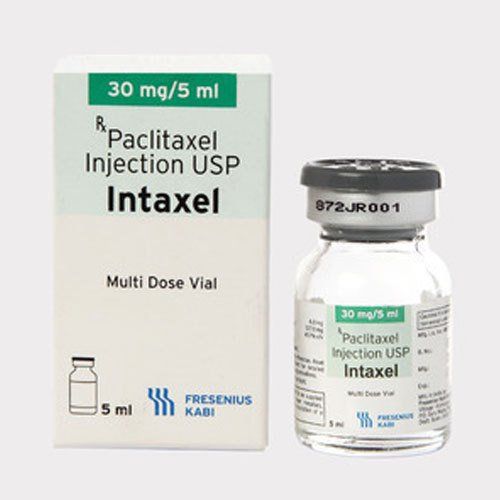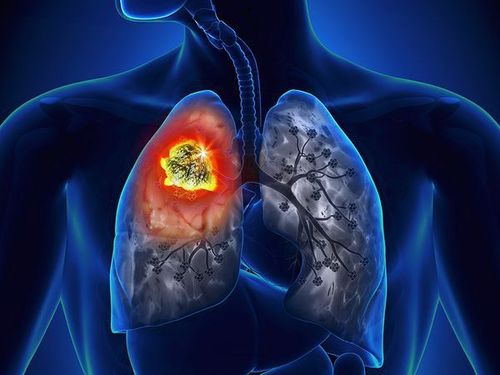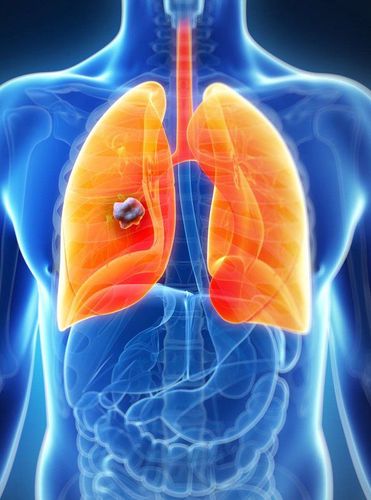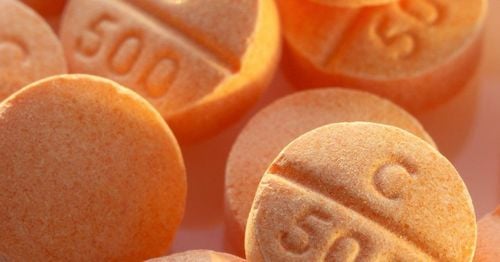This is an automatically translated article.
Post by Master, Doctor Ha Thi Thu Hien - Pathologist - Laboratory Department - Vinmec Times City International Hospital
Lung cancer is a common disease, difficult to detect with low effective treatment results, causing the most deaths. While some risk factors for lung cancer, such as smoking, can be changed, others, such as age or family history, cannot be changed.
1. What are cancer risk factors?
A risk factor is anything that increases a person's chance of getting a disease, such as cancer. Different cancers have different risk factors. Some risk factors, such as smoking, are modifiable, while others, such as age or family history, cannot be changed. However, having one or even several risk factors does not mean you will get the disease, and some people with the disease may have little or no known risk factors.
2. Risk factors for lung cancer
2.1. Modifiable lung cancer risk factors Smoking
Smoking is by far the leading risk factor for lung cancer. About 80% of lung cancer deaths are caused by smoking, and this number can be even higher for small cell lung cancer (SCLC).
The risk of lung cancer of smokers is many times higher than that of non-smokers. Long-time smokers and the more packs they smoke a day, the higher the risk.
Cigar and pipe smoking have the same risk of lung cancer as cigarette smokers. Smoking low-tar or "light" cigarettes increases the risk of lung cancer as much as regular cigarettes. Smoking menthol cigarettes may increase the risk even more because menthol may allow smokers to inhale more deeply.
Secondhand smoke If a person does not smoke, but breathes in the smoke of other people (known as passive smoking or living in a secondhand smoke environment) can increase the risk of cancer. lung cancer.
Secondhand smoke is thought to be responsible for more than 7,000 lung cancer deaths each year.
Exposure to radon Radon is a naturally occurring radioactive gas that results from the breakdown of uranium in soil and rocks. It is a colorless, tasteless substance. According to the US Environmental Protection Agency (EPA), radon is the second leading cause of lung cancer in this country and the leading cause in non-smokers.
Outdoors, there is very little radon so it is unlikely to be dangerous. But indoors, radon concentrations can be more concentrated. Breathing it exposes your lungs to small amounts of radiation. This can increase a person's risk of lung cancer.
Exposure to asbestos People who work with asbestos are many times more likely to die from lung cancer. However, it is not clear yet whether low or short-term exposure to asbestos increases the risk of lung cancer.
People exposed to large amounts of asbestos are also at increased risk of developing mesothelioma, a type of cancer that begins in the pleura (the lining that surrounds the lungs).
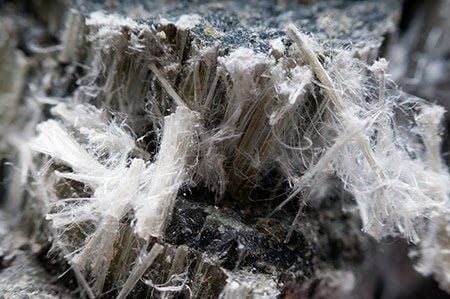
In recent years, government regulations have significantly reduced the use of asbestos in commercial and industrial products. It is still present in many homes and in old buildings that are degraded, demolished or renovated, and it is not generally considered harmful if not released into the air.
Exposure to carcinogens at work Other carcinogens found in some workplaces that may increase the risk of lung cancer include: Radioactive ores such as uranium; Inhaled chemicals such as arsenic, beryllium, cadmium, silica, vinyl chloride, nickel compounds, chromium compounds, coal products, mustard gas...
Government and industry have implemented the steps in recent years to protect workers. But the dangers are still there, so when working around these triggers, be careful and limit your exposure as little as possible.
Take some dietary supplements In fact, 2 large studies have found that smokers who took beta carotene supplements actually increased their risk of lung cancer. The results of these studies suggest that smokers should avoid taking beta carotene supplements.
Arsenic in drinking water Studies of people living in areas of Southeast Asia and South America who drink water with high concentrations of arsenic have a higher risk of lung cancer. In most studies, arsenic levels in water are many times higher than those found in the United States, even in areas where arsenic levels are above normal.
2.2. Risk factors that cannot be changed Having a history of lung radiation therapy People who have had a history of radiation therapy to the chest have a higher risk of lung cancer, especially if they smoke. Examples include people who have been treated for Hodgkin's disease or women who received radiation therapy to the chest after a mastectomy for cancer.
Air pollution In cities, air pollution has a slight risk of increasing lung cancer rates. This risk is much less than that caused by smoking, but it is estimated that about 5% of all lung cancer deaths are due to air pollution.
Personal or family history of lung cancer If a person has had lung cancer, he or she has a higher risk of developing another lung cancer.
Brothers, sisters, and children of people who have had lung cancer may have a higher risk of developing lung cancer, especially if a loved one was diagnosed with lung cancer at a young age. It is not clear to what extent this risk may be due to genes shared among family members or to family members being exposed to the same carcinogen.
2.3. Uncertain or unproven risk factors Cannabis smoking There are reasons to think that smoking marijuana may increase the risk of lung cancer.
Cannabis smoke contains tar and many of the same carcinogens found in tobacco smoke. The starting and ending points of cannabis cigarettes contain the highest tar content.
Cannabis is inhaled very deeply and the smoke is kept in the lungs for a long time, which gives carcinogens more chance to settle in the lungs. Since marijuana is still illegal in many places, it may not be possible to control what else it contains.
Electronic Cigarettes E-cigarettes are a type of electronic nicotine delivery system. E-cigarettes are relatively new, so further research should be done on the possible long-term effects on human health, including the risk of developing lung cancer.
Talc and talcum powder Talc is a mineral in its natural form that may contain asbestos. Some studies suggest that talc miners and those who operate talc factories may be at higher risk of lung cancer and other respiratory diseases from exposure to talc industrial waste.
Talc powder is made from talcum powder. However, the use of talcum powder in cosmetics did not increase the risk of lung cancer.
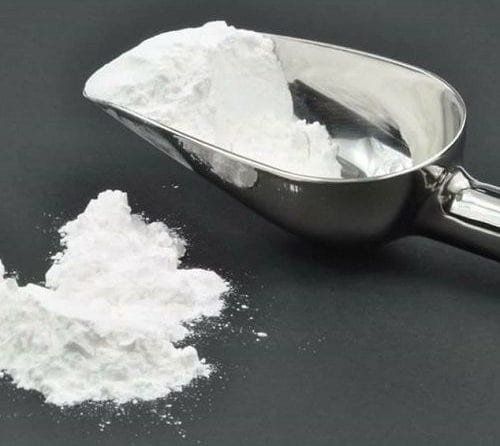
3. Is lung cancer preventable?
Not all lung cancers can be prevented. But there are things people can do to reduce their risk of lung cancer, such as changing risk factors you can control.
Stay away from tobacco The best way to prevent lung cancer is to not smoke and avoid environments with tobacco smoke.
If a person stops smoking before cancer develops, the damaged lung tissue gradually repairs itself. Regardless of your age and how long you've smoked, quitting can reduce your risk of lung cancer and help a person live longer.
Avoid exposure to radon Radon is one of the important causes of lung cancer. People can reduce their exposure to radon by having their radon levels tested at home if needed.
Avoiding or limiting exposure to carcinogens Avoiding exposure to known carcinogens, at work and elsewhere can also be helpful. When people frequently work in places of exposure, carcinogenic agents should be kept to a minimum.
Healthy diet A healthy diet with lots of fruits and vegetables can also help prevent lung cancer. Some evidence suggests that a diet rich in fruits and vegetables may help protect both smokers and non-smokers against lung cancer.
Attempts to reduce the risk of lung cancer in people who smoke or have a history of smoking by giving them high doses of vitamins or vitamin-like drugs have not been successful. In fact, several studies have found that supplementing with beta-carotene, a nutrient related to vitamin A, seems to increase lung cancer rates in these people.
In summary, lung cancer is a common disease, difficult to detect and with low effective treatment results, causing the most deaths today. Some risk factors for lung cancer, such as smoking, can be changed, while others, such as age or family history, cannot be changed.
In particular, lung cancer screening is the most effective measure for you to detect and promptly treat lung cancer, protect your health and life. Currently, Vinmec International General Hospital has a Lung Cancer Screening Package with many outstanding advantages such as:
A team of highly qualified and experienced doctors. Comprehensive professional cooperation with domestic and international hospitals: Singapore, Japan, USA, .. Comprehensive treatment and care, multi-specialty coordination towards individualizing each patient. Having a full range of specialized facilities to diagnose the disease and stage it before treatment: Endoscopy, CT scan, PET-CT scan, MRI, histopathological diagnosis, gene-cell testing, .. Full range of main cancer treatment methods: surgery, radiation therapy, chemotherapy, stem cell transplant... When registering for the Lung Cancer Screening Package at Vinmec, customers will receive:
Examination respiratory specialist Low-dose computed tomography lung cancer screening
Please dial HOTLINE for more information or register for an appointment HERE. Download MyVinmec app to make appointments faster and to manage your bookings easily.





